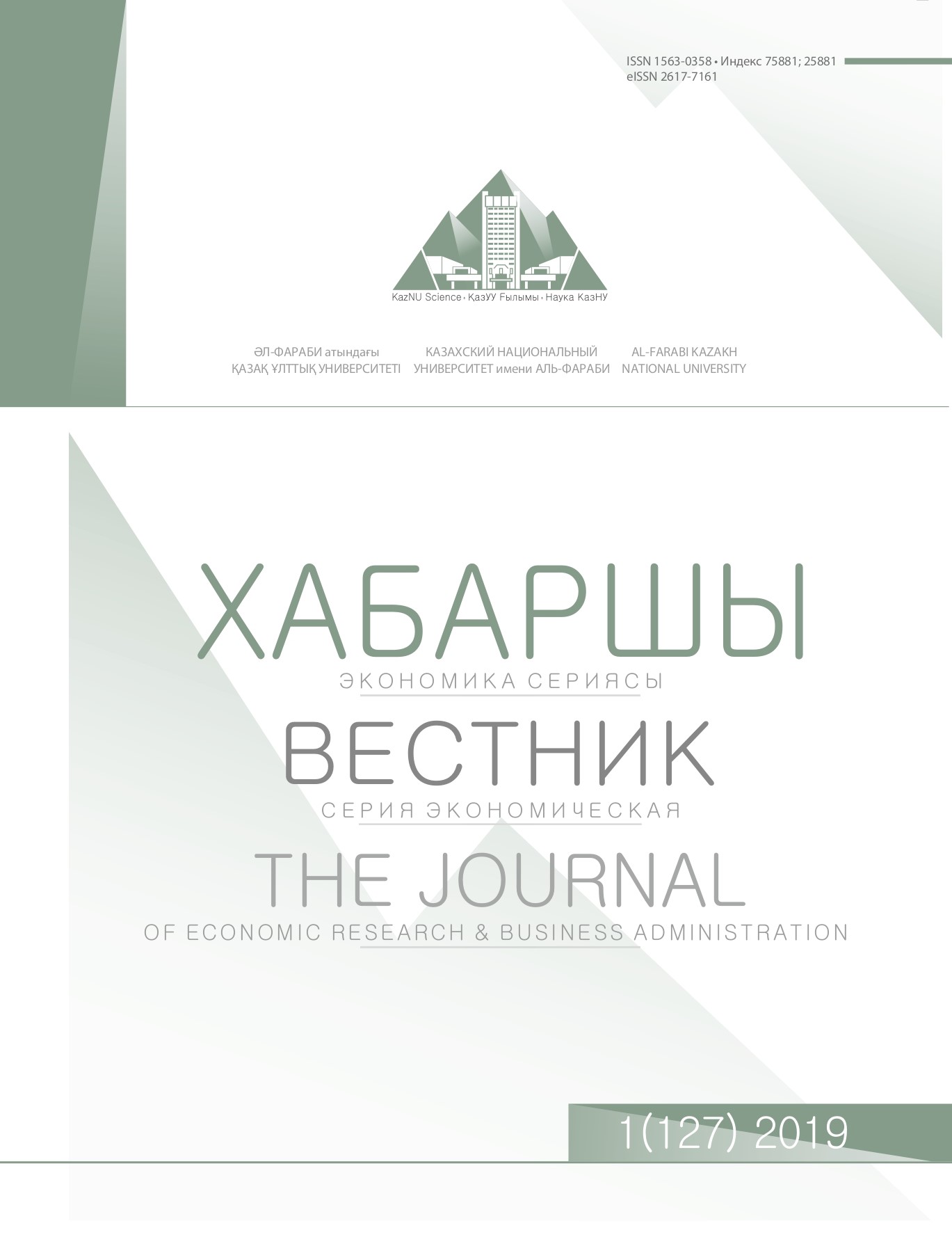PROSPECTS FOR MONETARY INTEGRATION IN THE EURASIAN ECONOMIC UNION
DOI:
https://doi.org/10.26577/be.2019.v127.i1.18Abstract
The article reveals the features and prospects of monetary and financial integration within the Eurasian Economic Union. The article highlights the negative aspects, which hinder monetary integration and ways to overcome those. The aim of the study is to identify the degree of readiness of the participating countries to introduce a single currency, as well as the benefits and costs they may face. The object of the research is the Eurasian Economic Union (EAEU), the main economies of which are characterized by raw materials specialization. Research methodology. Theoretical model explains the change in commodity prices that will arise after the introduction of a single currency. The model assumes that export prices will decline after the introduction of a single currency due to the absence of currency risk. Then the volume of exports will increase, but the negative side is that it can bring additional competition to local companies. In empirical part of the study, an attempt was made to quantify the value of currency risk, which is currently present in trade between Russia and Kazakhstan, the largest economies of EAEU. Empirical studies were conducted through OLS regression, as a result of which currency risk was estimated. The practical significance lies in the fact that in the case of the creation of a monetary union on the territory of the EAEU, we can expect a decrease in prices up to 10%, due to the exclusion of currency risk. However, this does not compensate for the negative consequences for the economies. The results of the study lead to the conclusion that due to the lack of basic prerequisites for monetary and financial integration, the introduction of a single currency will not accelerate the development of national economies, but rather create additional risks.




